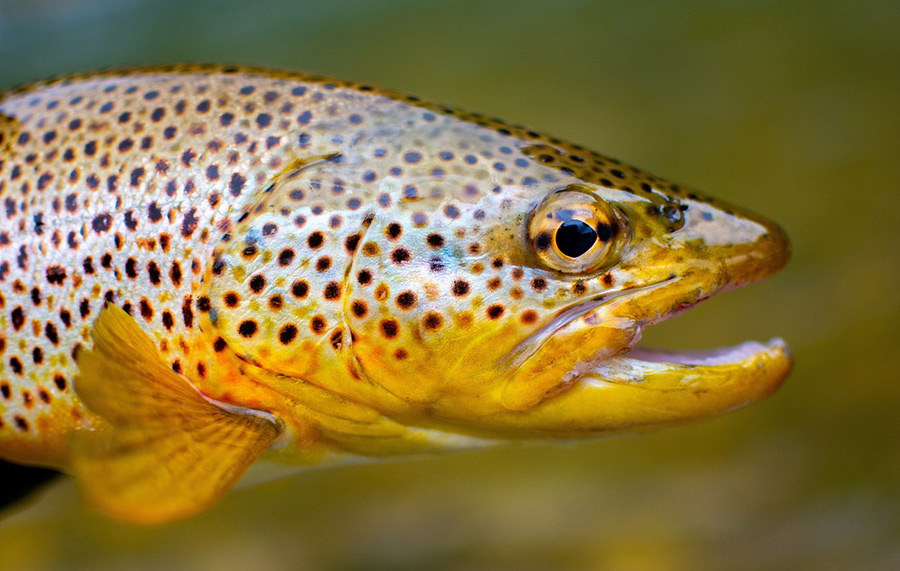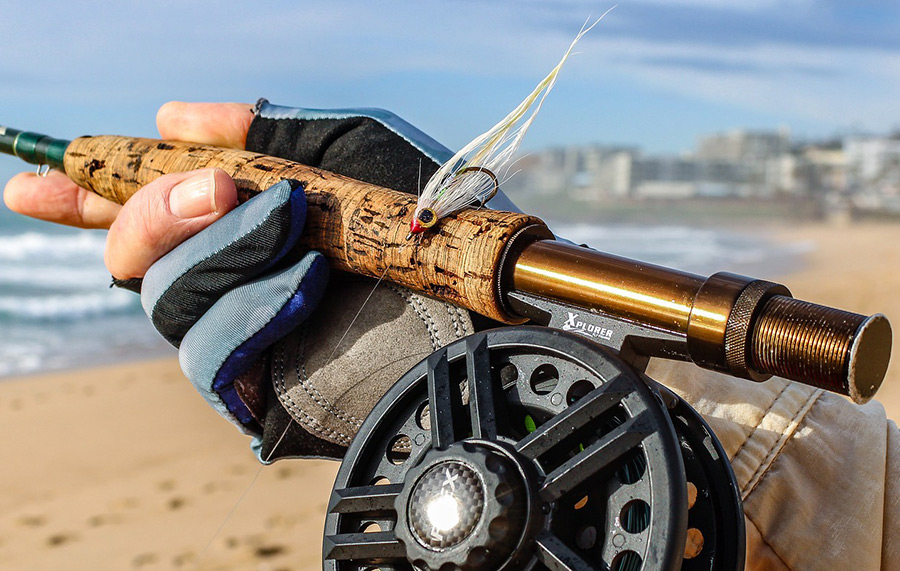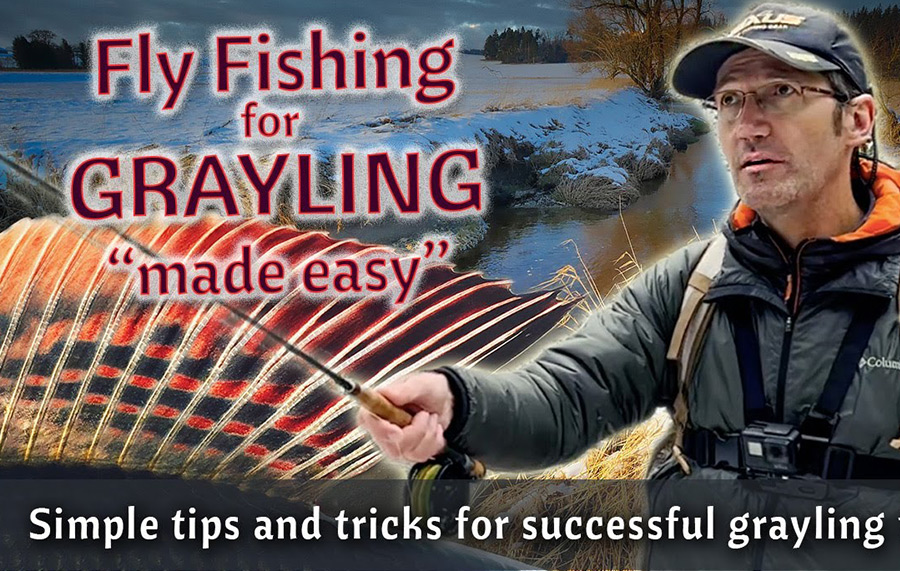
Fly Tying for Beginners
Fly tying for trout fishing has a long and rich history that dates back to the early days of fishing. It is believed that the art of fly tying originated in Scotland and England in the early 1600s, where anglers began using feathers, fur, and other materials to imitate the insects that trout feed on.

Fly Tying for Beginners
Fly tying is the art and technique of creating artificial fishing flies to imitate the appearance, movement and behavior of natural insects, baitfish, and other food sources for fish. Find in this article what will you need for successful start.

Fly Tying for Beginners
Fly fishing for pike involves using a fly fishing rod and reel to cast a fly lure that imitates the appearance and movement of a pike's natural prey. Pike are predatory fish found in freshwater environments, and are known for their aggressive feeding behavior and powerful strikes.

Fly Tying for Beginners
hoosing the right saltwater fly pattern for fishing can be a complex process that involves considering several factors. Generally, saltwater fishing can be difficult due to the combination of challenging environmental conditions, picky fish, and the need for knowledge and experience.





